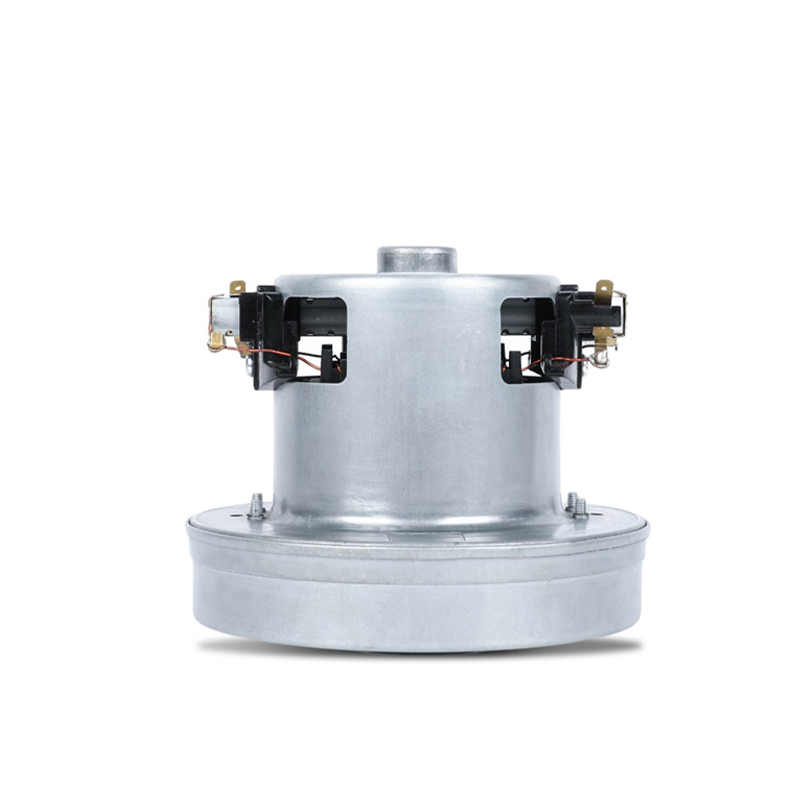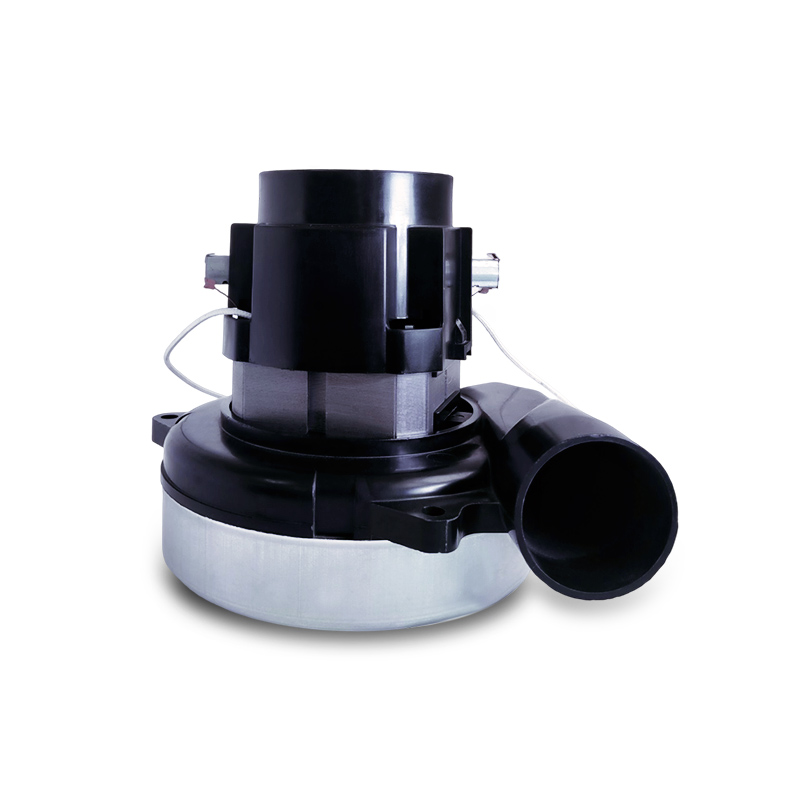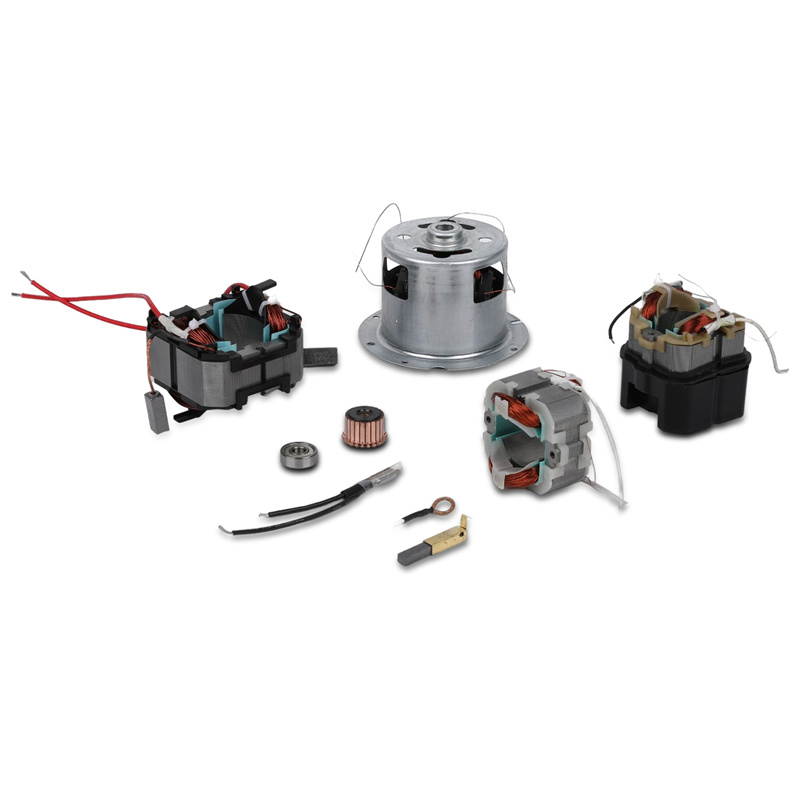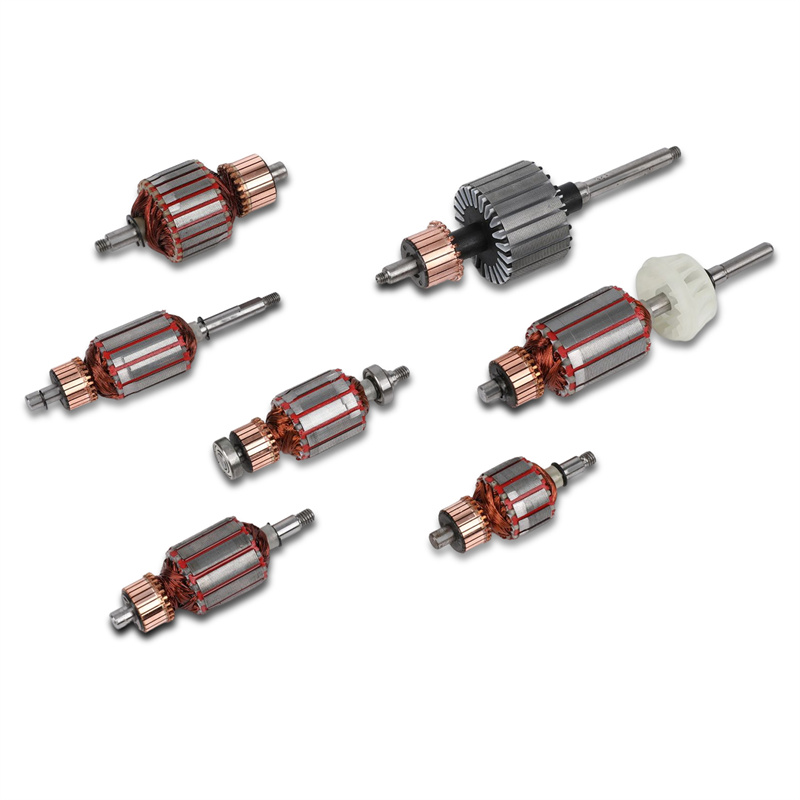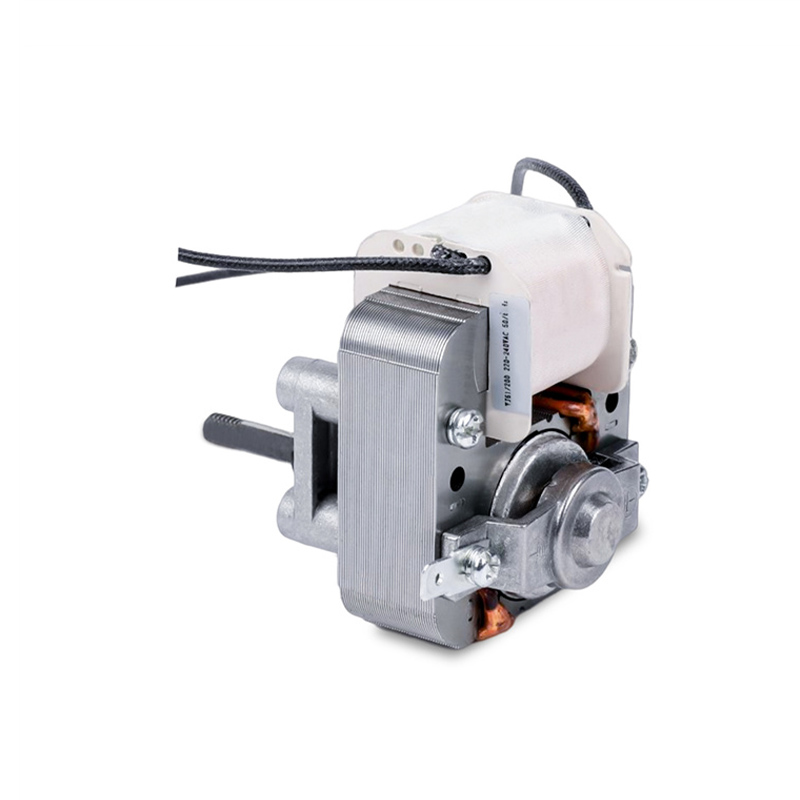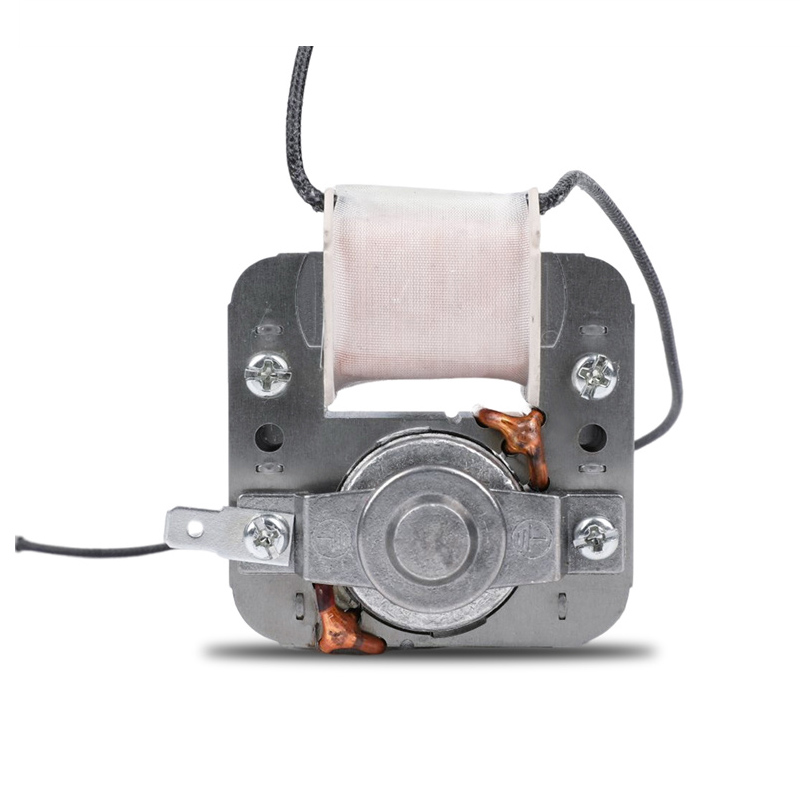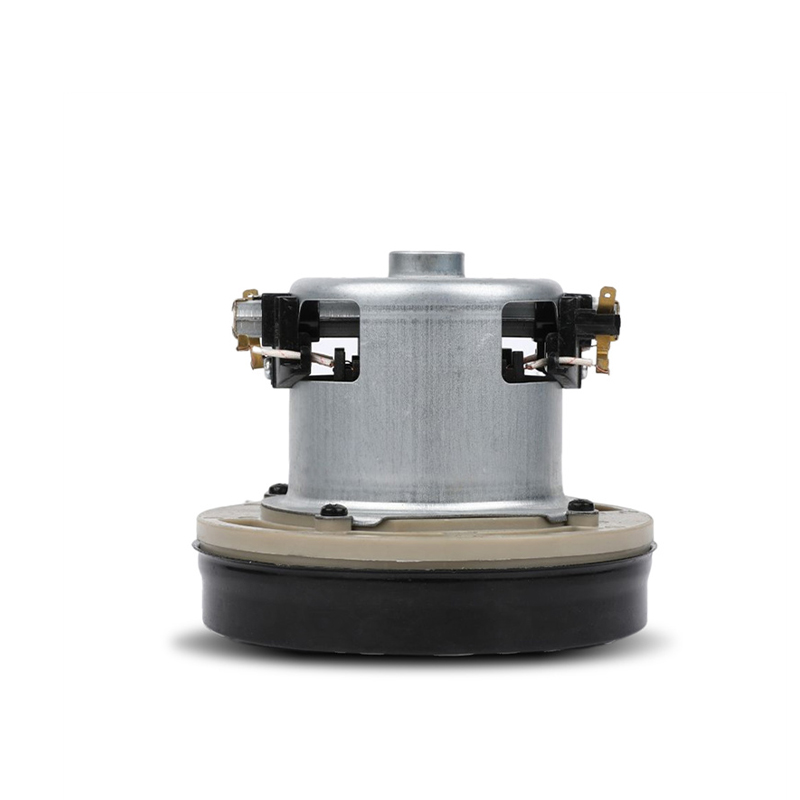The Brief And Function Of Motors
The article is Zhoushan Yehao Electric Appliance Co., Ltd. Our company has been in the motor industry for more than 20 years. Here is a brief introduction to the distinction and function of motors
The vacuum cleaner motor is the heart of the vacuum cleaner. The main types of vacuum cleaner motors are: wet dry vacuum cleaner motor and dry vacuum cleaner motor .The vacuum cleaner motor is composed of two parts: the motor part and the fan part. Since the vacuum cleaner motor has high requirements on the speed, generally at 20,000-30,000 revolutions per minute, the motor is mainly a series-excited motor, also known as a series-excited motor. Single-phase series-wound motors are single-phase AC asynchronous motors, which are AC-DC dual-purpose, so they are also called AC-DC dual-purpose series-wound motors. Because of its high speed, small size, large starting torque and adjustable speed, it can be used on DC power supply.
Generally speaking, AC motors are divided into two categories: synchronous motors and asynchronous motors. Our vacuum cleaner motor belongs to the category of asynchronous motor. Below we extract some information from the Internet for reference only to show the difference.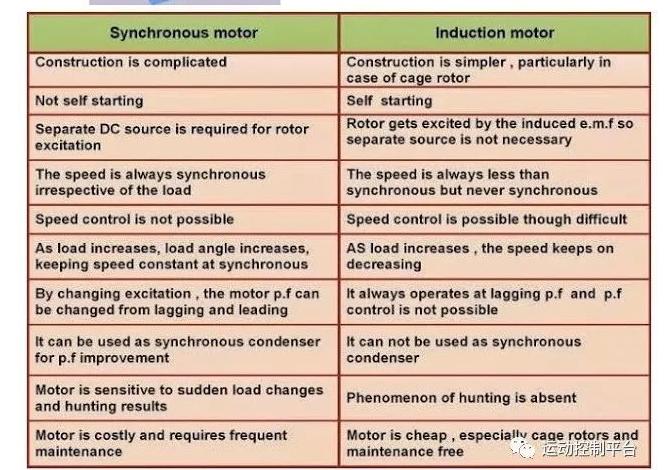
In addition, we also do further understanding from the following aspects:
1. Magnetic field
Asynchronous motors are also known as induction motors, where the electromagnetic field on the rotor is induced by the stator magnetic field. The operating rotor speed is always less than that of a synchronous motor.
2. Speed
The rotor of a synchronous motor has its own magnetic field, and the stator winding is the same as that of an asynchronous motor. The speed of the rotating magnetic field generated by the stator winding is the same as that of the rotor, which is called synchronous.
The speed of the asynchronous motor varies slightly with different loads, and the speed is lower than the speed of the stator magnetic field, which is the so-called asynchronous motor.
The speed of the synchronous motor is strictly in accordance with the speed of the stator magnetic field, so it is called a synchronous motor.
That is to say, the biggest difference between synchronous and asynchronous rotor speeds is whether the rotor speed is consistent with the speed of the stator's rotating magnetic field, and whether the speeds of the rotor and the stator are the same, that is, a synchronous motor, if not, it is an asynchronous motor. (motor speed is less than the speed of the rotating magnetic field).
3. start
Asynchronous motors can be started directly.
Synchronous motors have special starting devices or starting windings, the manufacturing process is complicated and the cost is high.
4. Application
Induction motors are generally used for drives, and synchronous motors are generally used as generators.
In general, the most fundamental reason for the difference between an asynchronous motor and a synchronous motor is whether the rotor is excited or not. It is asynchronous without excitation. Only when relative motion is generated will there be cutting of the magnetic induction line (or change in the magnetic flux In), electromagnetic induction force will be generated. Adding excitation, the rotor can be regarded as a magnet with fixed NS poles, which rotates synchronously with the rotating magnetic field, which is the so-called synchronous motor.
Today I made a brief introduction to the cleaner motor, and we will continue to bring you good analysis for the motor industry. Welcome to pay more attention on us !


 English
English Deutsch
Deutsch Español
Español 中文简体
中文简体